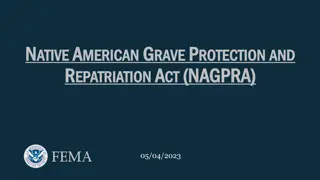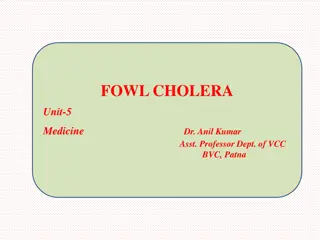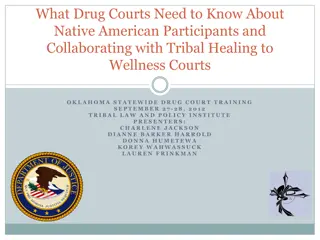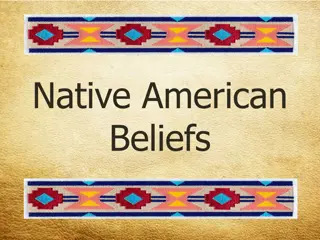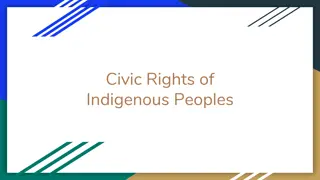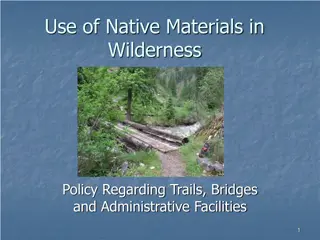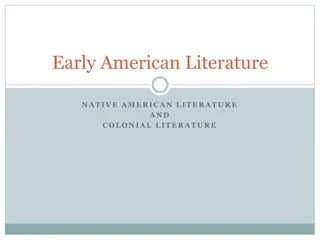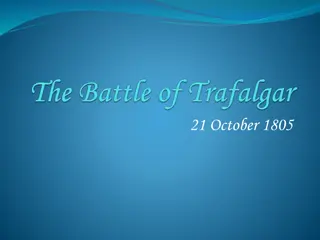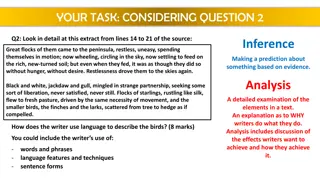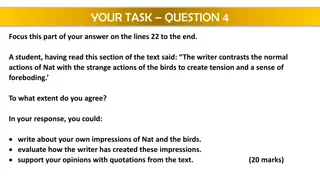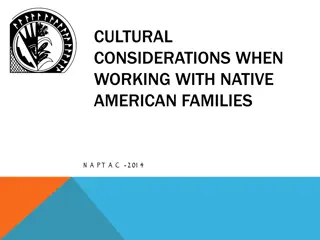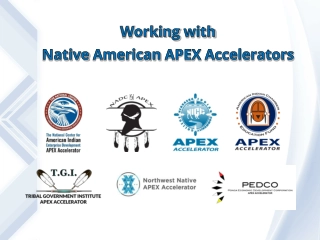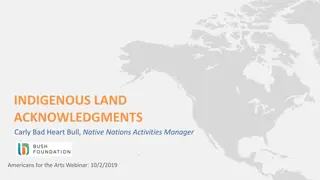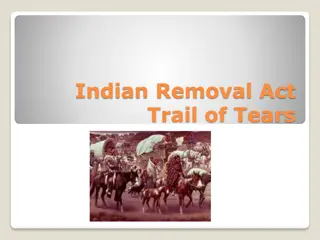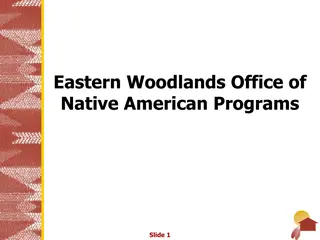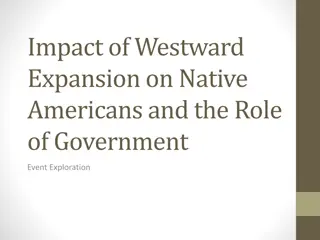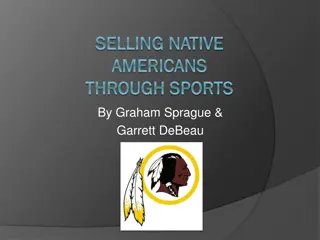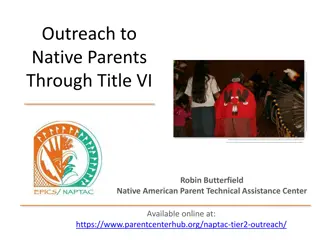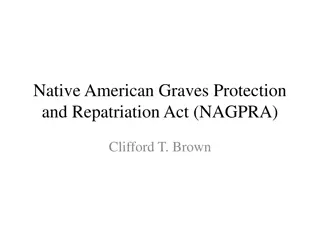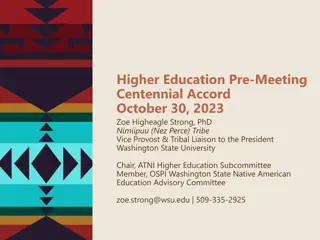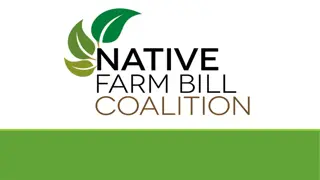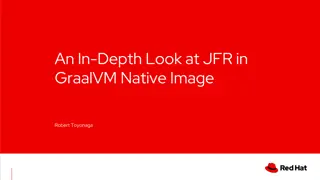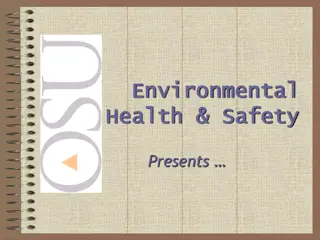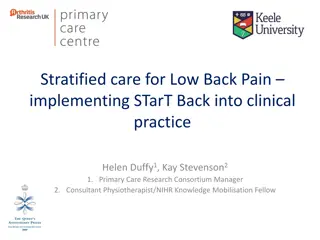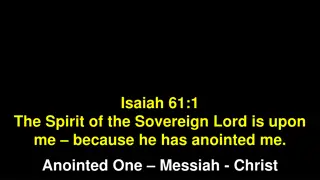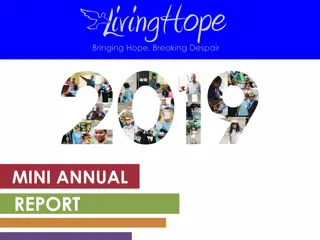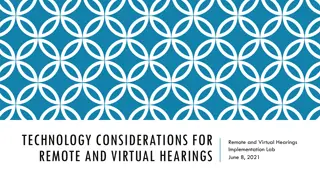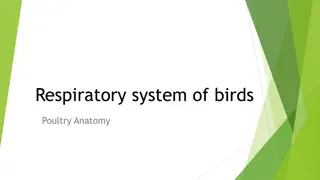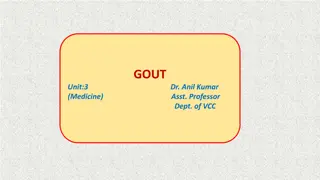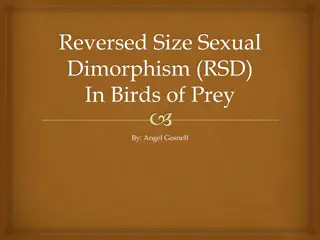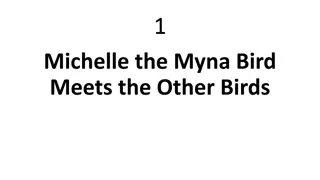Considerations for Bringing Back Native Birds in Nelson
Before embarking on trapping activities to support native bird populations in Nelson, it is essential to assess existing bird species, habitat requirements, trapping outcomes, space needed for populations, and surveillance of introduced predators. Understanding these factors is crucial to successful conservation efforts and improving bird biodiversity in the region.
Download Presentation

Please find below an Image/Link to download the presentation.
The content on the website is provided AS IS for your information and personal use only. It may not be sold, licensed, or shared on other websites without obtaining consent from the author. Download presentation by click this link. If you encounter any issues during the download, it is possible that the publisher has removed the file from their server.
E N D
Presentation Transcript
*Wanting to bring the birds back? Some things to consider before you start killing things. A Nelson case study.
What do you want to achieve? Lets trap some pests the native birds will thrive . Well, what is there already? What do the bird species require? How much effort is required to increase bird numbers? What is the goal? Do we have the resources and time?
Which bird species would be present without any trapping? Fantail Grey warbler Pied tit Silvereye - the little birds that breed fast, nest in sites difficult for pests to access Others Weka appear to be more resistant to mammalian predators Kereru long distance fliers feeding here, nesting where? Tui / bellbird certain habitats, some resistance to rats These species can already be seen in many forest patches in Nelson
Native birds have differing habitat requirements Due to: Food: how they forage & what for Nesting behaviour: - Holes nesters - Branch tips - Canopy or sub-canopy - Ground Hence they have differing vulnerabilities to introduced pests
So what is trapping likely to achieve in your site? Habitat? Is it: Shrubland? Previously milled native forest? Pine forest? Mature untouched native forest? Each habitat will support a different suite of native birds
How much space do native bird populations require? Self-sustaining population without need for re-introductions Minimum Area required for Species Persistence (MASP): area large enough to support native bird population with sufficient food & nesting sites and maintain genetic diversity (after Brown et al. 2015) Native bird species: Common name MASP (hectares) Kerer , tomtit, silvereye, t , fantail 1000 Robin, Nth Island k kako 2000 K k riki, mohua 5000 K k , kiwi, kea 10000 Whio 30000
What is a low density for introduced predators? Enough to detect an increase in bird abundance post-control? How do you know what the predator abundance is? Trapping returns don t tell you what predators are left .. Is monitoring in place?
How do we bring all this together? An example is the Nelson City Halo Predator removal & habitat enhancement for native birds Synergy with the Brook Waimarama Sanctuary How can we leverage off the BWS? similar to Zealandia in Wellington Enhancement of native bird numbers in the city and beyond how do we go about it?
Lets enhance numbers of native birds in Nelson O.K. lets look at options What species do we have at present? Historically present reintroduction to BWS? What condition is the bird population in at present? What does each species require to thrive? - Habitat nesting & feeding - Food supply seasonal requirements? - Mammalian predator control - Interactions with other bird species Where do we need to do control/habitat enhancement? Will they live in the city or fly from elsewhere for food/nesting?
Options for bird enhancement Broad species requirements = representative species General food requirements (overlap in most species): Insectivores pied tit, robin, fantail, grey warbler Frugivores kereru, kaka Honey eaters tui, bellbird Mature forest dwellers, or more generalist in habitat requirements?
Representative bird species for Nelson City Tieke/ Sth Isld Saddleback Bellbird / Korimako Kereru Kakariki Kaka
Initial summary Tieke/ Sth Isld Saddleback: Small area required, insectivorous, shrubland/forest, hole- nester, highly vulnerable to all mammalian predators Bellbird / Korimako Small area required (?), honey-eater, shrubland/forest, tree- fork nester, vulnerable to some mammalian predators Kereru Large area required, fruit/leaf eater, forest/rural habitat, branch nester, vulnerable to several mammalian predators Kakariki Large area required, insect/fruit eater, mature forest, hole nester, vulnerable to several mammalian predators Kaka Large area required, insect/fruit eater, mature forest, hole nester, vulnerable to some mammalian predators
Conclusion Tieke: do not pursue. Probably only survive in predator-free environment (Brook Santuary) Bellbird: Likely to thrive with suitable predator control, improved habitat & food supply Kakariki: Likely to thrive with suitable predator control & large area of forest Unlikely to nest in city Kereru Likely to thrive with suitable predator control & large area of forest Tree planting to bring into city? Kaka Likely to thrive with suitable predator control & large area of forest Tree planting to bring into city? Unlikely to nest in city.
What level of pest control required? Which predator and to what level? To reduce mammalian predator numbers - to allow selected native bird species to increase Rats: <5% tracking, particularly during spring Possums: <10% RTC Stoats: <5% tracking
Bringing it all together: For selected bird species to increase in numbers in Nelson Bellbird: Maintain ship rat & stoat numbers <5% tracking over 500ha+ forest/shrubland (about the size of BW Sanctuary) Kereru: Keep ship rats <5% tracking/possums <10% RTC over 1000ha+ forest/rural area (BWS + Upper Roding catchment) Kakariki: Maintain ship rat & stoat numbers <5% tracking over 5000ha+ forest/shrubland (BWS & upper Roding & Maitai) Kaka: Keep stoats <5% tracking / possums <10% RTC over 10,000 ha mature forest (~ 10% of Richmond Ranges)
Now lets see what is feasible: Consider: - Locations? Only current sites trapped by locals? additional sites Roding catchment? Other sites? - Resources? More traps numbers and type? Tracks for servicing? - Monitoring? Pest abundance, bird numbers in response? Is the work producing results?? - Staffing? Paid personnel & volunteers? - Cost??? - Issues? Poison use, non-target by-catch, domestic pet predation
Summary Start with where you want to go! - Figure out which species you would like to see in your site - What is needed for them to thrive? - Do we have the resources to get there? - How do we know predator numbers are low enough? - Are we making a difference? - Let people know your successes (& failures its how we learn!) Good luck!



